
How to Use DC Jack: Examples, Pinouts, and Specs
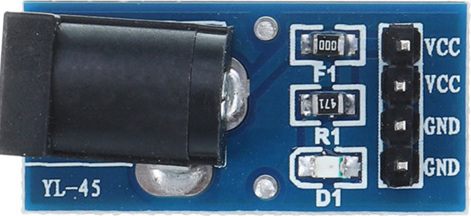
 Design with DC Jack in Cirkit Designer
Design with DC Jack in Cirkit DesignerIntroduction
The DC Jack (Manufacturer: Lcal, Part ID: DC JACK) is a type of electrical connector designed to supply direct current (DC) power to electronic devices. It features a cylindrical socket that mates with a compatible plug, enabling a secure and reliable connection for power delivery. DC Jacks are widely used in consumer electronics, such as laptops, routers, and small appliances, due to their ease of use and durability.
Explore Projects Built with DC Jack
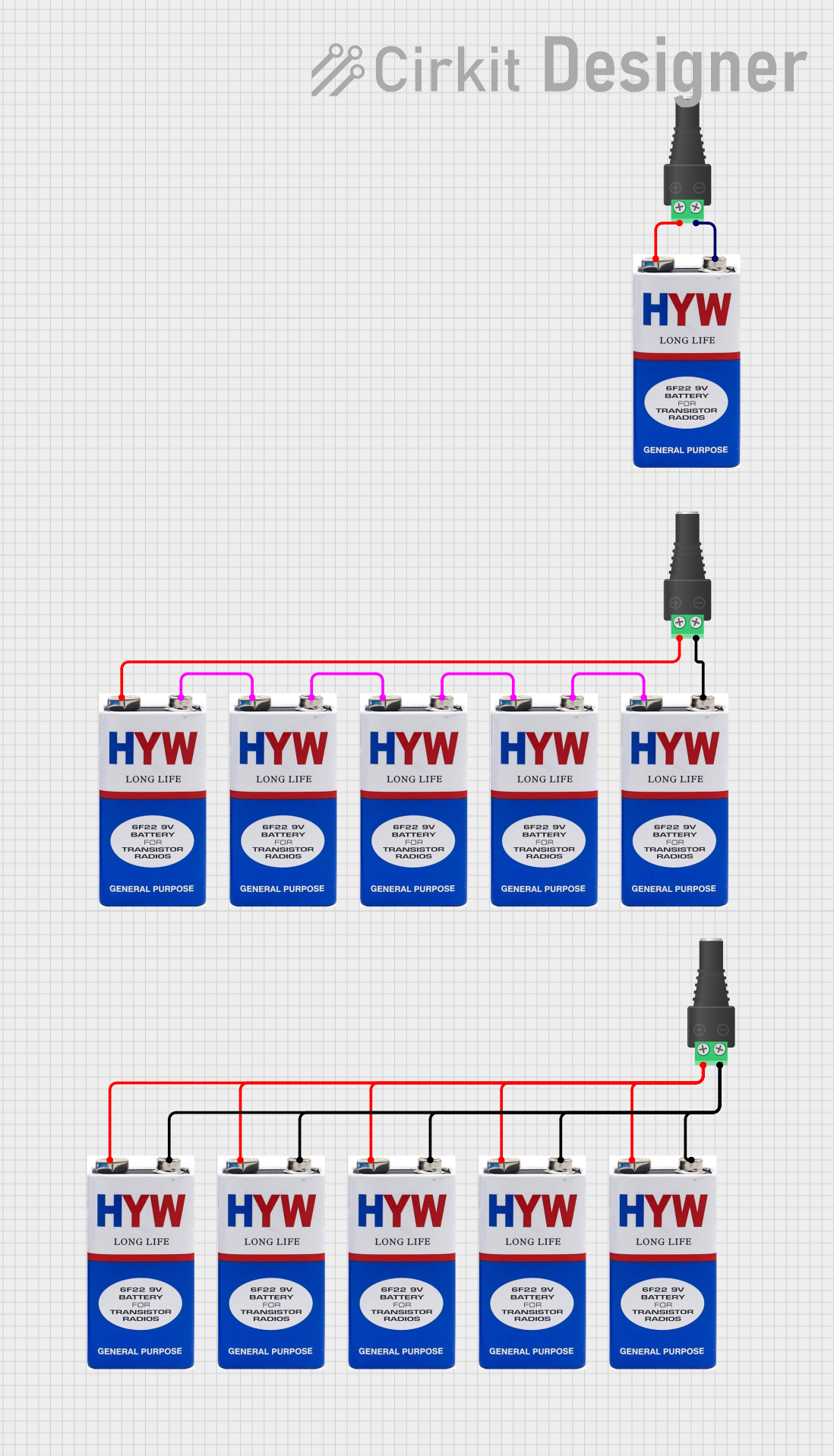
 Open Project in Cirkit Designer
Open Project in Cirkit Designer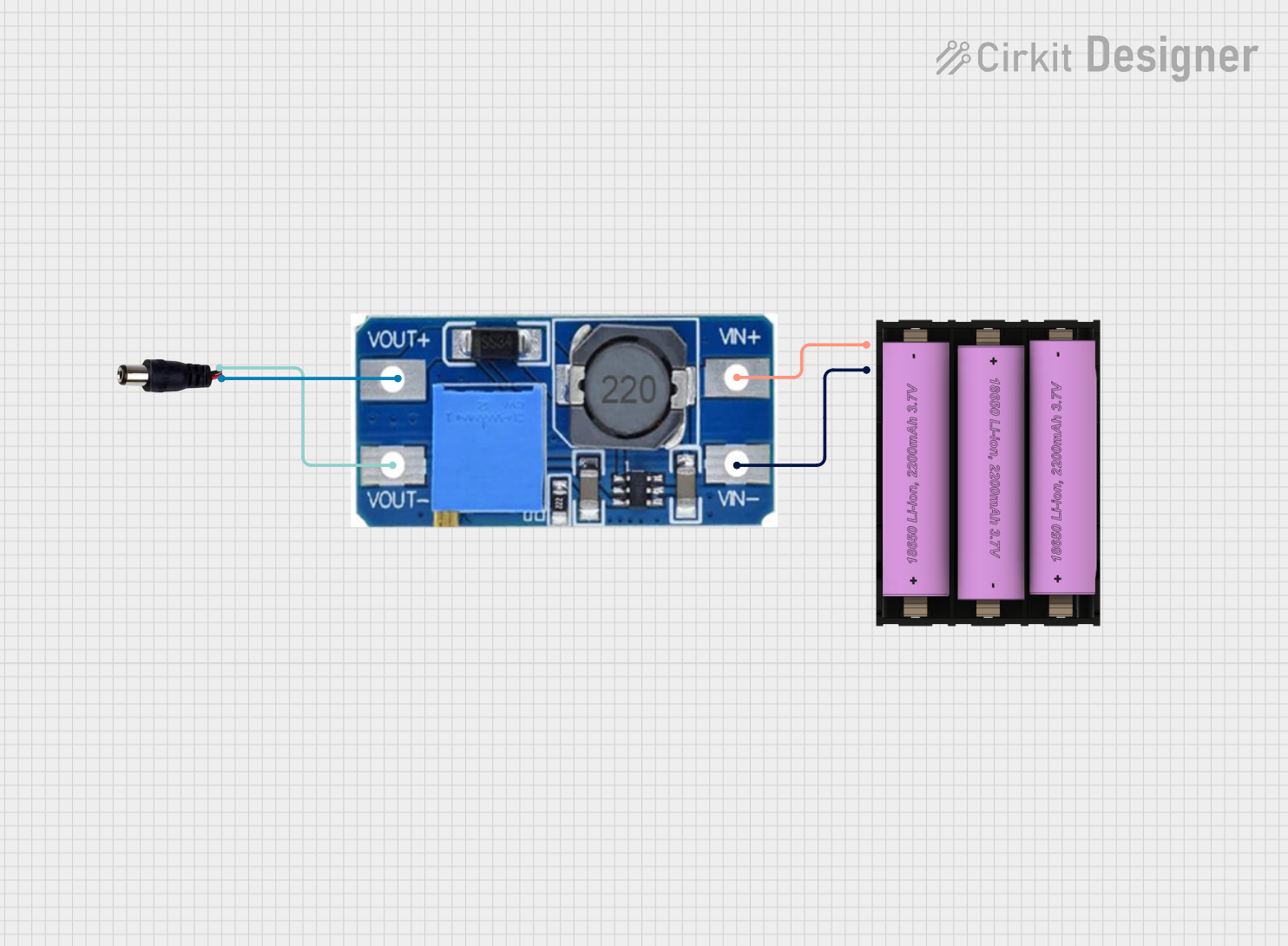
 Open Project in Cirkit Designer
Open Project in Cirkit Designer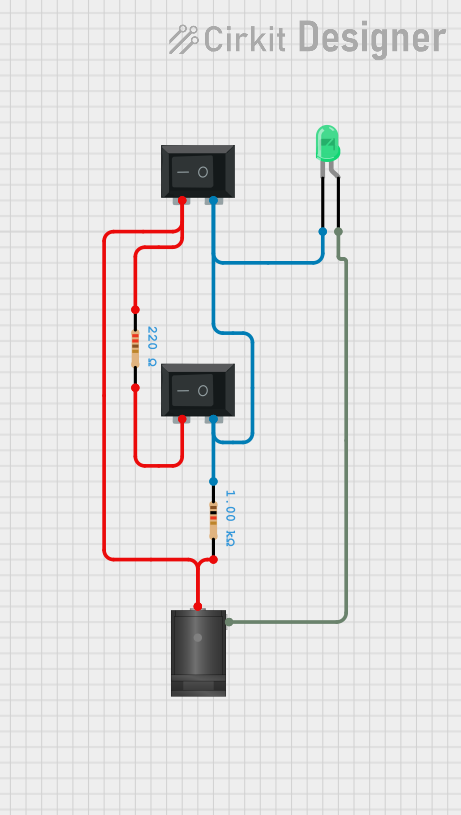
 Open Project in Cirkit Designer
Open Project in Cirkit Designer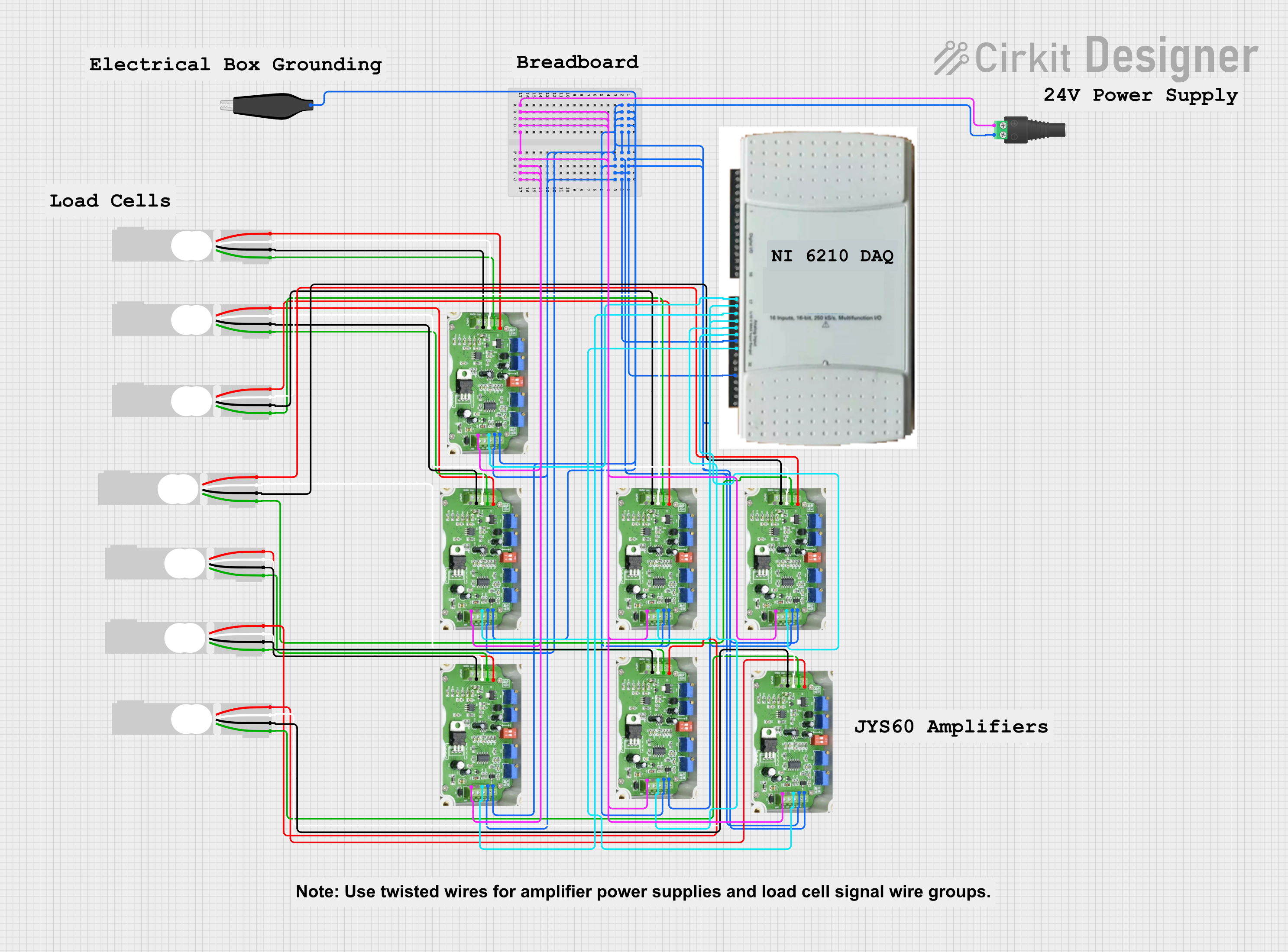
 Open Project in Cirkit Designer
Open Project in Cirkit DesignerExplore Projects Built with DC Jack

 Open Project in Cirkit Designer
Open Project in Cirkit Designer
 Open Project in Cirkit Designer
Open Project in Cirkit Designer
 Open Project in Cirkit Designer
Open Project in Cirkit Designer
 Open Project in Cirkit Designer
Open Project in Cirkit DesignerCommon Applications and Use Cases
- Powering laptops, routers, and other portable devices
- Supplying DC power to development boards like Arduino and Raspberry Pi
- Used in DIY electronics projects for easy power connections
- Replacing damaged power connectors in electronic devices
Technical Specifications
The following table outlines the key technical details of the Lcal DC JACK:
| Parameter | Value |
|---|---|
| Manufacturer | Lcal |
| Part ID | DC JACK |
| Voltage Rating | 12V to 24V (typical) |
| Current Rating | Up to 5A |
| Connector Type | Cylindrical socket |
| Outer Diameter (OD) | 5.5mm |
| Inner Diameter (ID) | 2.1mm |
| Mounting Style | Through-hole or panel mount |
| Material | Metal contacts, plastic housing |
| Operating Temperature | -20°C to 70°C |
Pin Configuration and Descriptions
The DC Jack typically has three pins, as described in the table below:
| Pin | Name | Description |
|---|---|---|
| 1 | Positive (V+) | Connects to the positive terminal of the DC power source. |
| 2 | Negative (V-) | Connects to the negative terminal (ground) of the DC power source. |
| 3 | Switch Pin | Optional pin used to detect plug insertion or to switch between power sources. |
Usage Instructions
How to Use the DC Jack in a Circuit
- Mounting the DC Jack:
- For through-hole versions, solder the pins to a PCB.
- For panel-mount versions, secure the jack to the enclosure using the provided nut or screws.
- Connecting Power:
- Ensure the power supply matches the voltage and current requirements of your circuit.
- Connect the positive terminal of the power source to the Positive (V+) pin.
- Connect the negative terminal (ground) to the Negative (V-) pin.
- Optional Switch Pin:
- Use the switch pin to detect when a plug is inserted or to toggle between power sources (e.g., battery and external power).
Important Considerations and Best Practices
- Polarity: Always verify the polarity of the DC plug and ensure it matches the device's requirements. Reversed polarity can damage components.
- Voltage and Current Ratings: Do not exceed the voltage and current ratings of the DC Jack to avoid overheating or failure.
- Secure Connections: Ensure the plug fits snugly into the jack to prevent intermittent connections.
- Strain Relief: Use strain relief mechanisms to protect the jack from mechanical stress, especially in portable devices.
Example: Connecting a DC Jack to an Arduino UNO
The DC Jack can be used to power an Arduino UNO by connecting it to a 9V or 12V DC power supply. Below is an example of how to wire the DC Jack and a simple Arduino sketch to blink an LED:
Circuit Diagram
- Connect the Positive (V+) pin of the DC Jack to the Arduino's VIN pin.
- Connect the Negative (V-) pin of the DC Jack to the Arduino's GND pin.
Arduino Code
// Simple LED Blink Example
// This code blinks an LED connected to pin 13 of the Arduino UNO.
void setup() {
pinMode(13, OUTPUT); // Set pin 13 as an output
}
void loop() {
digitalWrite(13, HIGH); // Turn the LED on
delay(1000); // Wait for 1 second
digitalWrite(13, LOW); // Turn the LED off
delay(1000); // Wait for 1 second
}
Troubleshooting and FAQs
Common Issues and Solutions
Loose Connection:
- Issue: The plug does not fit securely into the jack, causing intermittent power.
- Solution: Ensure the plug matches the jack's dimensions (e.g., 5.5mm OD, 2.1mm ID). Replace the jack if it is damaged.
No Power Output:
- Issue: The device does not power on when connected to the DC Jack.
- Solution: Verify the polarity and voltage of the power supply. Check for proper soldering or wiring.
Overheating:
- Issue: The DC Jack becomes excessively hot during operation.
- Solution: Ensure the current does not exceed the jack's 5A rating. Use a power supply with appropriate ratings.
Switch Pin Not Working:
- Issue: The switch pin does not detect plug insertion.
- Solution: Verify the wiring of the switch pin and ensure it is connected to the correct circuit.
FAQs
Q1: Can I use the DC Jack with a 5V power supply?
A1: Yes, as long as the current does not exceed 5A and the device is designed to operate at 5V.
Q2: What type of plug is compatible with this DC Jack?
A2: A plug with a 5.5mm outer diameter (OD) and 2.1mm inner diameter (ID) is compatible.
Q3: Can the DC Jack be used for AC power?
A3: No, the DC Jack is designed specifically for direct current (DC) power and should not be used with AC power sources.
Q4: How do I know if the jack is damaged?
A4: Signs of damage include loose connections, visible cracks, or overheating during normal operation. Replace the jack if any of these issues occur.